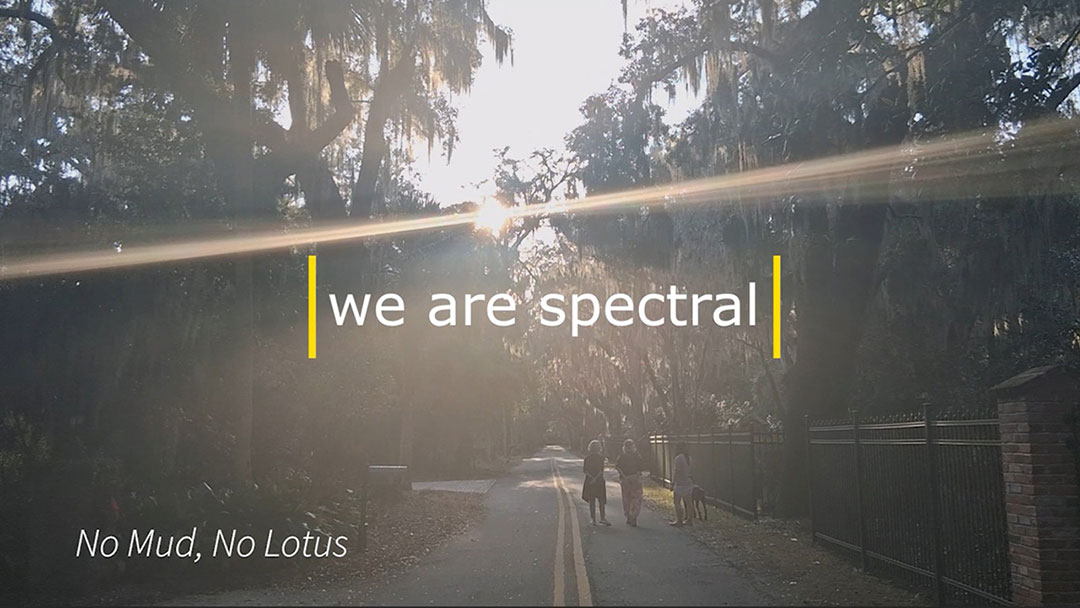
The Features flash their ’80s love muscle on a groove-happy, synth-savvy new LP
“It seems like every time we put a record out, we’re a new band,” says Features singer/guitarist Matthew Pelham with an audible groan.
And he has a point. His remarkably resilient Tennessee outfit has deflected enough false starts and dead-ends to kill most groups. Absorbed in full, it’s quite the litany of misfortune: at least two unreleased full-length albums to close out the ’90s; a pair of fruitless label dalliances—one with a now-defunct indie imprint, the other with once-mighty Universal; the departure of three band members. Yikes.
“Actually, we recorded three records between 1995 and 1999, and the only thing that came out from those three was an EP,” says Pelham. “The first seven or eight years of us being a band were pretty frustrating. It was definitely discouraging. But we keep doing it because we like it. It’s not like we feel we’re owed anything.”
It’s oddly fitting, then, that the Features’ new LP is a self-titled affair. And apparently they’re also late-bloomers, given the measurable bump in song quality and musicianship that propels The Features (Serpents & Snakes/BMG). With its four members now well into their 30s, the band sounds like it’s just now coming into its own—particularly keyboardist Mark Bond and drummer Rollum Haas, whose contributions loom large throughout. They nudge the Features into unexpected territory, while cushioning the group’s renowned stylistic shifts with soothing synth washes and hyper-mechanized grooves that you’d swear were the work of a deranged programmer if they weren’t so friggin’ ass-backward funky.
“Our influences are all over the place—it gets pretty ridiculous,” says Pelham, the group’s primary songwriter, who grew up with Features bassist Roger Dabbs in tiny Sparta, Tenn. “But this album is probably a bit more cohesive.”
As for the aforementioned unexpected territory: think Depeche Mode meets Al Green meets Maroon 5 (“Ain’t No Wonder”); think angular, Television-like guitar lines and ascendant, howl-at-the-moon choruses (“Tenderly”); think Talking Heads on HGH (“The New Romantic”) and a remarkably spot-on Ultravox approximation (“In Your Arms”). Even when the album does conjure the incorrigible Features of old—as on anti-smartphone rant “This Disorder” and nosebleed rocker “Won’t Be Long”—the band’s precision is breathtaking.
Where 2008’s Some Kind Of Salvation seems frantic in its efforts to impress and 2011’s Wilderness is frayed and unwieldy, The Features sounds honed and confident. The sizable evolutionary leap comes as a pleasant surprise to everyone in the band. “In my head, this new album was very thrown-together,” says Pelham.
The Features was recorded at Ripcord Studio in Vancouver, Wash., almost two years ago, just before the band hit the road for Wilderness. “We’d show up at the studio, start on a song, work it out and have them hit the record button,” says Dabbs. “There’s a lot of stuff that was spontaneous, and a few songs were written in the studio.”
“For previous records, we’d already been playing a majority of the songs live for a good bit of time,” says Bond. “This is a studio album we had to find a way to translate to a live performance, as opposed to vice versa.”
Finishing the sessions in just a few weeks, the band and Wilderness engineer Craig Alvin made the conscious decision to bring the drums and bass up in the mix. “We wanted to make sure the rhythm section was heard,” says Pelham. “We felt like it was getting lost on the last two records.”
Haas, for one, isn’t complaining. “It was a fun record to make, for sure,” he says. “We went into this album with super-loose arrangements.”
Haas grew up in a rural Tennessee town where bands like Korn and Limp Bizkit were the popular soundtrack for weekends spent on a road to nowhere. It wasn’t much different for Pelham and Dabbs in Sparta. “Most people would just cruise up and down the strip, which was a loop around Hardee’s about a mile and a half to the other end of town, around Sonic,” says Pelham. “You’d just go back and forth.”
Pelham and Dabbs started playing together in eighth grade. “When our other friends were out driving around town trying to figure out what kind of mischief to get into, we were at band practice,” says Dabbs.
By the time the two moved to Murfreesboro to study music at Middle Tennessee State University, their classic-rock mindsets had been infiltrated by the likes of Camper Van Beethoven and the Jayhawks. They eventually left college to focus full-time on the Features with fellow members Parrish Yaw, Don Sergio and Jason Taylor. The group had a nice following in the Nashville area and was championed by Matt Mahaffey (Self), who signed them to his Spongebath Records. “They funded our records, but apparently they didn’t have any intention of putting them out,” says Pelham. “It was a really strange time.”
It took the Features several years to fully recover from their run-ins with Spongebath and Universal. By then, Sergio was out, and Haas had replaced Taylor on drums. Keyboardist Yaw was the last of three original members to leave in 2004. Bond auditioned for the group at Haas’ urging, and his more methodical approach helped focus the Features’ sound. Meanwhile, a friendship with the fellow Tennesseans in Kings Of Leon led to the band’s signing on KOL’s Serpents & Snakes label.
“I was a fan of the Features before I was a member, and they really stood out like a sore thumb,” says Haas of the group’s early keyboard-driven sound. “It was the peak of the grunge era, and they wore matching costumes and kinda had a little shtick … [Laughs] Maybe that’s something Matthew doesn’t want me to talk about.”
—Hobart Rowland













